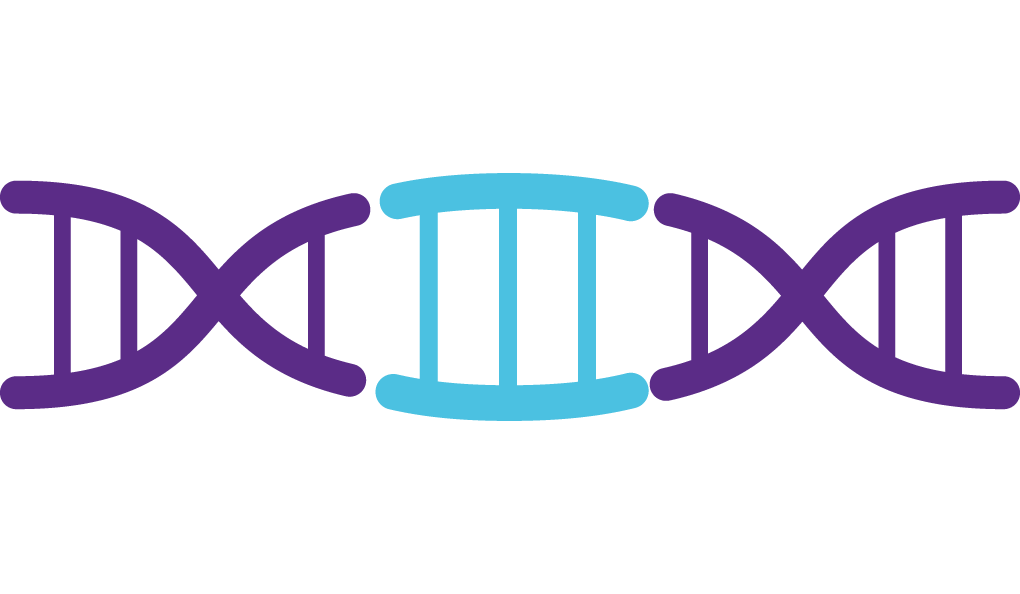Splicing

Gene expression
Genes are made up of DNA and contain all of the information required to make or assemble proteins, which the body needs to function. DNA is the central repository of the genetic information and is not directly utilized to make proteins. Gene expression begins with transcription, when a copy of the DNA that comprises the gene is made or transcribed into a precursor messenger RNA (pre-mRNA). The pre-mRNA is made up of exons, and intervening non-coding regions called introns. The introns are removed – or spliced – out and the exons are joined together in a specific order. This mature messenger RNA includes all of the information required to produce functional proteins.
Alternative splicing
A single gene can encode more than one type of protein. This can occur during a process called alternative splicing so that different sets of exons can be spliced together from one gene, creating alternative and multiple coding sequences. These sequences will generate multiple mRNA products that encode different, related proteins. Approximately 94% of all human genes undergo alternative splicing as part of functional protein production.
A complex molecular machine called the spliceosome is primarily responsible for splicing. The spliceosome comprises five small nuclear RNPs (snRNPs), which assemble around the splice sites that serve as boundaries between each exon and intron on the pre-mRNA. The first step in spliceosome assembly is mediated by snRNPs U1 and U2. The U1–pre-mRNA interaction is the most extensive and selective interaction in the splicing pathway. Once assembled, the spliceosome catalyses the removal of the introns followed by joining of the exons accordingly.
Splicing mutations
Mutations or sequence diversity that disrupt, weaken, or alternatively activate splicing sites, can affect the ability of the spliceosome components to accurately recognize pre-mRNA. These mutations are the direct cause of more than 200 human diseases, including many forms of cancer and genetic diseases. In many cases, splicing errors result in the U1 snRNP failing to properly interact with the pre-mRNA due to structural diversity at the splicing site. These changes result in altering the splicing efficiencies.
Splicing modifiers
PTC has developed a powerful technology that enables the identification of small molecules which are known as splicing modifiers – which are designed to modify the U1–pre-mRNA interaction. These different types of molecules function as molecular ‘glue’ to strengthen the interaction at the splice site to help make splicing more efficient.
PTC has pioneered the notion that splicing can be modulated utilizing small molecules. Over the last 20 years, we have progressed our RNA splicing technology.
In addition, we have multiple programs in discovery and development using our splicing platform.
The alternative RNA splicing technology has broad potential to identify new treatments for many diseases. We believe that we can identify other small molecules that modify alternative splicing of genes, promote inclusion of specific exons, or force skipping of undesired exons from the mature mRNA.
We continue to build on our alternative RNA splicing platform to develop innovative therapies that address the underlying causes of life-limiting diseases.